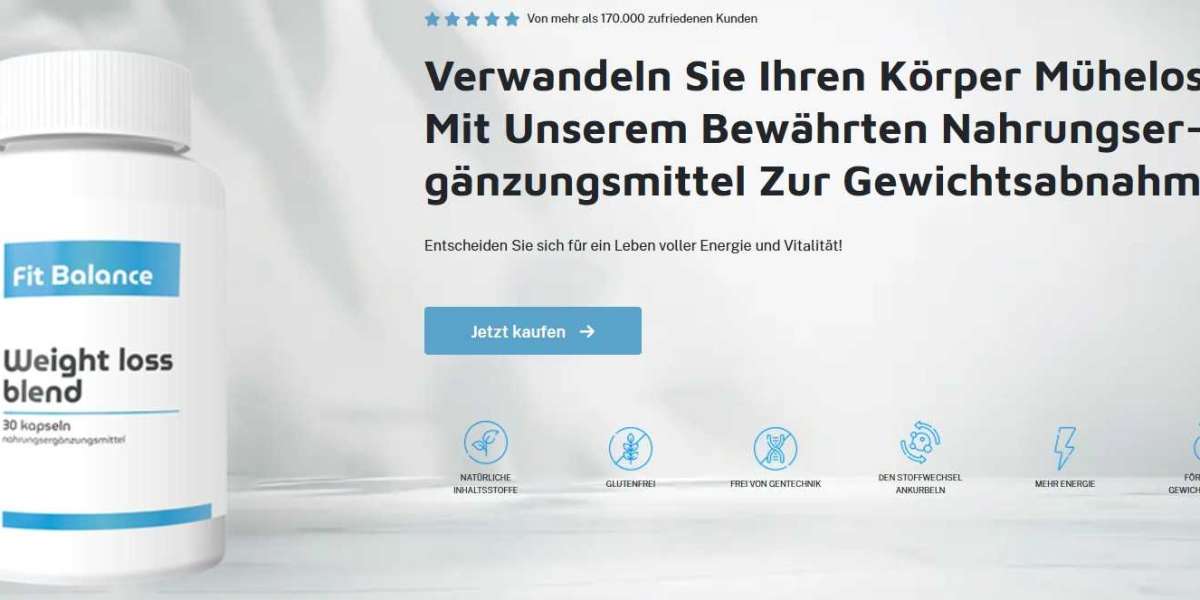Solid Carbide Burs are widely recognized for their exceptional hardness, precision, and ability to maintain sharp edges under demanding conditions. When it comes to machining complex curved surfaces, these tools often outperform conventional cutting instruments due to their rigidity, geometric versatility, and fine cutting control. Complex curves, intricate contours, and three-dimensional shapes present challenges that can compromise the accuracy and finish quality of other tools, but Solid Carbide Burs provide a distinct advantage in these situations.
One of the primary benefits of using Solid Carbide Burs on curved surfaces is their rigidity and resistance to deflection. Unlike high-speed steel or other softer materials, carbide burs retain their shape and cutting edge integrity even when applied to intricate geometries. This stability ensures precise material removal along complex contours, preventing unwanted chatter or deviations that can occur with more flexible tools. As a result, surface finish quality and dimensional accuracy are significantly improved.
Another factor contributing to their advantage is the variety of shapes and sizes available in Solid Carbide Burs. Cylindrical, ball, conical, and flame-shaped burs allow operators to select the optimal geometry for each specific curve or recess. This flexibility facilitates smooth transitions along concave, convex, and irregular surfaces, enabling consistent contact between the tool and workpiece. Chip evacuation is also enhanced due to properly designed flute patterns, reducing heat buildup and maintaining cutting efficiency throughout the operation.
Thermal and wear resistance further reinforce their superiority. Complex curved surfaces often require slower feed rates and multiple passes, which can generate localized heat. The hardness of carbide, often enhanced by coatings such as titanium nitride or diamond-like carbon, reduces edge degradation and prevents thermal distortion, ensuring stable and repeatable results across extended production runs. In comparison, softer tools may experience accelerated wear, surface burns, or deformation when subjected to the same operations.
In addition, Solid Carbide Burs are compatible with CNC and automated systems, which maximize precision and reduce operator variability. The ability to program intricate tool paths ensures that even highly complex surfaces are machined with minimal deviation. Manual tools, by contrast, rely heavily on operator skill and may introduce inconsistencies, highlighting another scenario where carbide burs demonstrate clear advantages.
In conclusion, Solid Carbide Burs offer significant benefits for machining complex curved surfaces. Their rigidity, versatile geometries, thermal resistance, and compatibility with automated systems allow for precise, stable, and efficient material removal. Compared to conventional cutting tools, they provide superior control, accuracy, and surface quality, making them an ideal choice for applications involving intricate shapes or demanding contour work.





